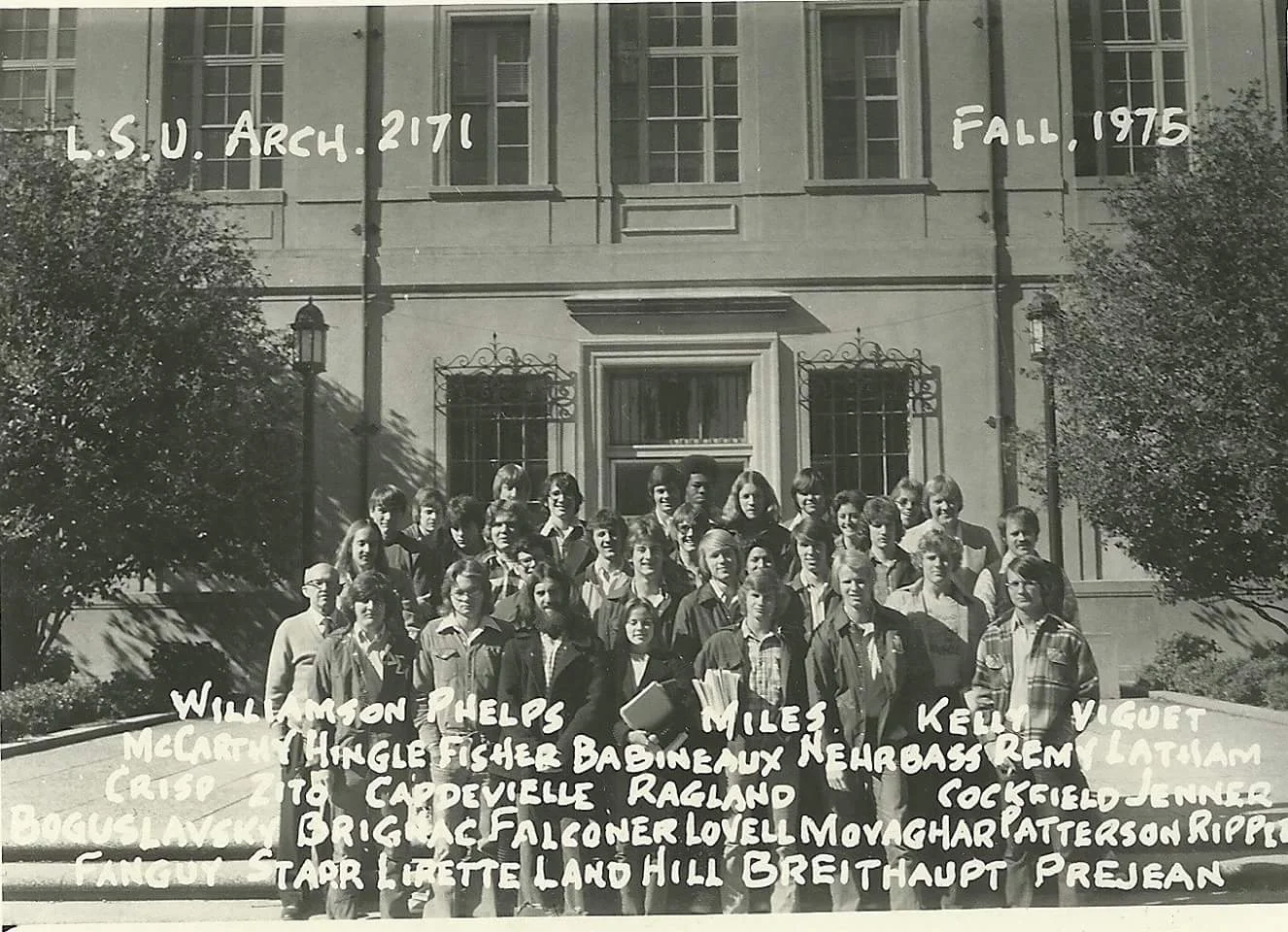LSU Comprehensive and Strategic Master Plan

We at EDR are thrilled to announce that the LSU Comprehensive and Strategic Master Plan was unanimously endorsed by the LSU Board of Supervisors at the October 13th Board Meeting. "It's amazing work," said Chairman Stephen Perry. "I've been involved in things like this for a long, long time. This is the most intellectually rigorous, elegant, creative, gorgeous piece of work, on this scale, I have ever seen."
In a collaborative teaming effort, under the leadership of NBBJ and with the assistance of a host of prominent planners and designers from around the country, our team at EDR brought a long history of engagement with LSU, both personally and professionally, to the table. The three named partners in the practice – Steve Dumez, Mark Ripple and the late Allen Eskew – all received their undergraduate architectural training in the 1970’s. And throughout the 28-year history of the practice, a significant contingent of LSU graduates in both architecture and interior design have been central to the firm’s success.
For this challenging assignment, Mark Ripple served as the principal-in-charge of the EDR team – a fitting proposition, since he has maintained an ongoing relationship with LSU for more than 40 years - as a student, a visiting architect and speaker, the Principal-in-Charge of the Life Sciences Building on campus, a member of the School of Architecture Advisory Board, an involved alumni and donor, and a father of two LSU graduates. On a humorous personal note, he met his wife of 36 years when he served as a “houseboy” at his wife’s Delta Zeta sorority house! Having such a deep and personal relationship with the campus – it’s beautiful setting, it’s memorable places, it’s traditions and rituals – gave Mark significant insights into the ethos of the institution, which served the planning team well during the two-year assignment.
The objective of the Master Plan was to create a strategic vision for the university which would frame future development for the next decade and beyond. The primary focus of EDR’s effort was the development of Design and Sustainability Guidelines which would inform the development of all new buildings and open spaces on the campus. In the Guidelines, we articulated a clear, compelling message: new projects on campus should strive to be “authentic design responses” that are of both their time and their place, embedded in the historic fabric of the campus, while simultaneously reflecting a future-forward, 21st century vision of academic experience. As such, the firm’s commitment to Beauty+Performance resonated strongly; it prioritized the need for buildings to efficiently consume resources, to create healthy environments for their users, and to be durable and long-lasting. And if they were also beautiful, contextual designs, they would be so beloved that they would remain for many generations to come. Because as we’ve often said, the most “sustainable” buildings are those that are so beloved, that they are renovated/repurposed after many decades of service, rather than being demolished and replaced.
The Guidelines were also underpinned by the broader notion of “memorable placemaking”, which is often at the heart of the memorable experiences which draw students to a university. We emphasized the importance of placemaking which stemmed from the “seamless integration of architecture and landscape”, which has historically been the case at LSU. As such, the landscape guidelines are embedded in the architectural guidelines, reflecting an interrelated, symbiotic relationship between the two. Even the Alma Mater acknowledges this intertwined relationship between its architecture and its landscape: “Where stately oaks and broad magnolias shade inspiring halls…”
Christine Cangelosi, Class of 2010
The new master plan makes me want to enroll as a student again! With more attention to environmental sustainability and a commitment to further enriching the academic and community experience, this plan will help LSU remain a premier academic institution for generations to come.
Mark Ripple, Class of 1979
It was indeed an honor to lead the EDR team in this collaborative endeavor, and to work with such a talented collection of design and planning professionals. In particular, I’d like to give a shout-out to our friends at NBBJ who did an amazing job leading this challenging assignment. I believe that this Master Plan creates a compelling vision for the LSU campus, one which will guide the development of the university for many decades into the future.
Steve Dumez, Class of 1982
My experience at LSU profoundly influenced not only my career as an architect but, even more significantly, my life in general. It established the framework for what is important to me – place, connection, community. These values are embedded in our work for this new Master Plan and are central to our collective vision for the future development of the university.
Mark Hash, Class of 2002
Very exciting to see LSU invest in such a transformative future.
The masterplan delicately balances the beautiful landscape and architectural character with an intricate infrastructure and a more urban densification.
Kyle Digby, Class of 2009
LSU has one of the most beautiful campuses in the country, but over the years of development and growth, it has caused the campus to be disjointed. The new master plan will put emphasis back on connectivity, sustainability, vast green spaces, and campus community while pointing future development in the right direction. This commitment to sustainable development will be yet another reason that the school will help attract students and faculty for decades to come.
Mike Johnson, Class of 2012
As a student at LSU, I thoroughly enjoyed the excellent education that I received and its beautiful campus with great live oaks; however, I strongly disliked the car-centric nature of the campus and multiple vast swaths of concrete parking lots. The new master plan not only resolves that issue, but it transforms those areas into luscious, green, safe spaces that encourages student engagement and sustainable modes of travel. This will drastically benefit future LSU students’ college experiences, which will enhance the quality of their education.”





